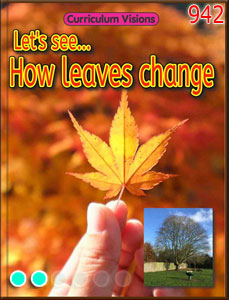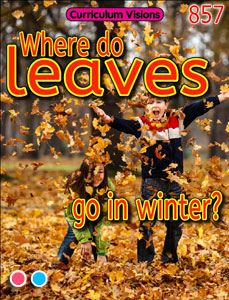• The books below cover the ground needed for each statutory requirement.
• If you need guidance on how to teach the topic, take the academy course by clicking the 'Lessons' icon. (Also suited to parent use.)
• Remember you can enhance this by using our safe search. For example, search tadpole, egg, pupa
• Also remember each book has its own search, top right immediately above the page.
• For teacher guides and more visit the academy links.
Year 5 has the following 5 themes. Please select the one you want:
1. Life cycles (scroll down)
3. Properties and changes of materials
1. Life cycles
• (a) describe the differences in the life cycles of a mammal, an amphibian, an insect and a bird
Notes and guidance (non-statutory)
Pupils should study and raise questions about their local environment throughout the year. They should observe life-cycle changes in a variety of living things, for example, plants in the vegetable garden or flower border, and animals in the local environment. They should find out about the work of naturalists and animal behaviourists, for example, David Attenborough and Jane Goodall.
Pupils should find out about different types of reproduction, including sexual and asexual reproduction in plants, and sexual reproduction in animals.
Pupils might work scientifically by: observing and comparing the life cycles of plants and animals in their local environment with other plants and animals around the world (in the rainforest, in the oceans, in desert areas and in prehistoric times), asking pertinent questions and suggesting reasons for similarities and differences. They might try to grow new plants from different parts of the parent plant, for example, seeds, stem and root cuttings, tubers, bulbs. They might observe changes in an animal over a period of time (for example, by hatching and rearing chicks), comparing how different animals reproduce and grow.
Text books and academy to use:
 Specially written book for this topic. |
|
 Simple 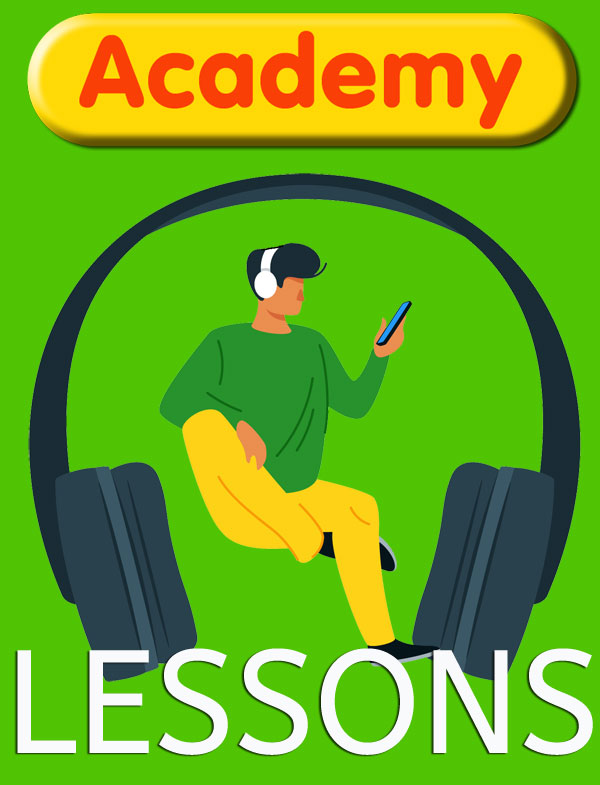
|
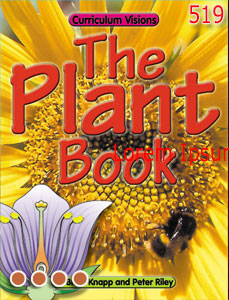
More comprehensive 
|
Additional reading books to use:

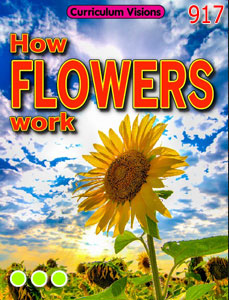
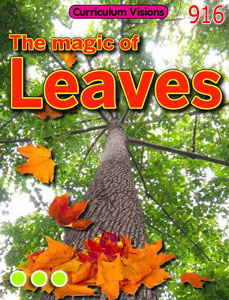
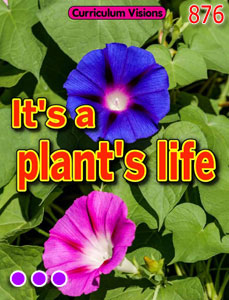
• (b) . describe the life process of reproduction in some plants and animals.
Text books and academy to use:
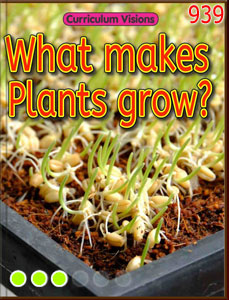 Specially written book for this topic. |
|
 Simple 
|

More comprehensive 
|
Additional reading books to use:
